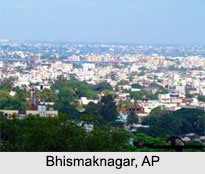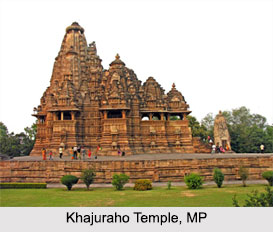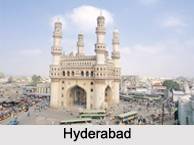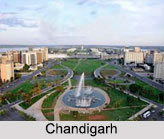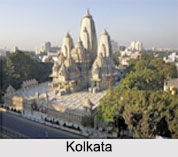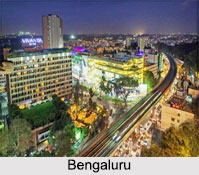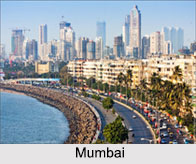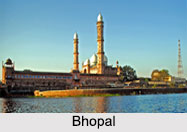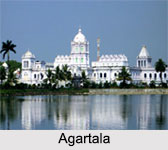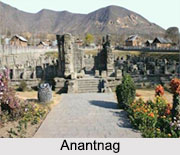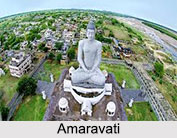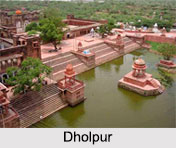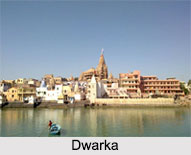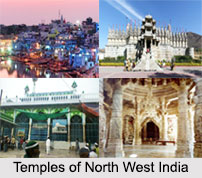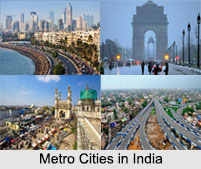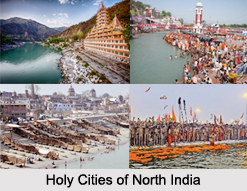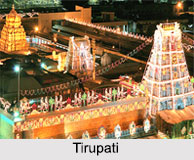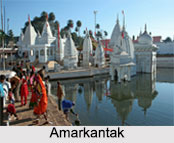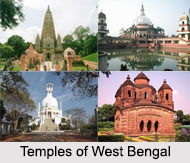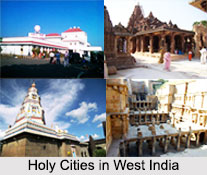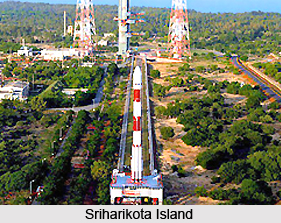 Sriharikota Island, also called Sriharikote is a barrier island off the coast of the southern state of Andhra Pradesh in India. This Island is mainly renowned for housing India`s only satellite launch centre. It was 1969, when Sriharikota Island was selected for a satellite launching station. Besides the launch centre, it also offers the visitors to enjoy site seeing near the famous Pulicat Lake.
Sriharikota Island, also called Sriharikote is a barrier island off the coast of the southern state of Andhra Pradesh in India. This Island is mainly renowned for housing India`s only satellite launch centre. It was 1969, when Sriharikota Island was selected for a satellite launching station. Besides the launch centre, it also offers the visitors to enjoy site seeing near the famous Pulicat Lake.
Location of Sriharikota Island
Sriharikota Island lies in Nellore district in Andhra Pradesh. It separates the Pulicat Lake from the Bay of Bengal, and is home to the bustling town of Pulicat. The nearest town to Sriharikota Island is Sullurpeta, which has the nearest railway station. Sriharikota Island is however connected by expressways to Chennai.
Sriharikota Island Houses SHAR
Sriharikota Island houses India`s only satellite launch centre in the Satish Dhawan Space Centre, also known as SHAR and is used by the Indian Space Research Organisation to launch satellites using multi-stage rockets such as the Polar Satellite Launch Vehicle and the Geosynchronous Satellite Launch Vehicle.
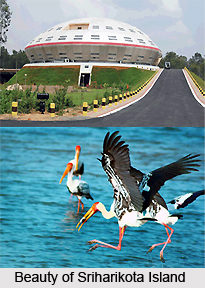 SHAR was named as `Satish Dhawan Space Centre SHAR` (SDSC), on 5 September 2002, in memory of Prof Satish Dhawan, former Chairman of the ISRO. It will be the main base for the Indian human spaceflight program. A new third launch pad will built specifically to meet the target of launching a manned space mission by 2017.
SHAR was named as `Satish Dhawan Space Centre SHAR` (SDSC), on 5 September 2002, in memory of Prof Satish Dhawan, former Chairman of the ISRO. It will be the main base for the Indian human spaceflight program. A new third launch pad will built specifically to meet the target of launching a manned space mission by 2017.
Attractions of Sriharikota Island
With proper permission, people can tour the Satish Dhawan Space Station. They can have a look at the launch vehicles and pads from up-close. As per rules, common people are not allowed to enter the space station during a launch. The security is tighter during such time, however the launch can be watched from outside the Space Station itself.
Pulicat Lake is another destination close-by which can be visited for myriad reasons. Pulicat Lake is considered as the second biggest `brackish water lagoon` in India. The Lake is 60 km long and varies from 0.2 to 17.5 km in breadth. It is narrow, and widely varies in area with the tides and cyclic rainfall, from `460 km in high water to 250 km in low water`.
It has a rich wealth for eco tourism and is renowned for its treasure house of birds and animals. Here, one can enjoy boat riding and have glimpses of various beautiful migratory birds. Every year, there are fifteen thousand flamingos, which throng the lake including spoonbills, pelicans, kingfishers, herons, painted storks, and ducks. Sriharikota Island is no doubt India`s one of the important possessions.
